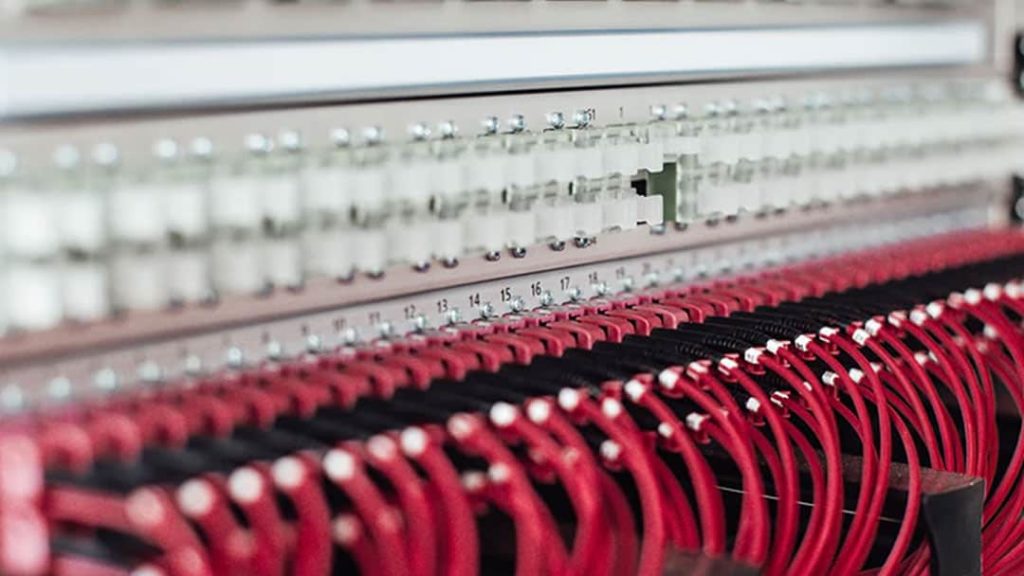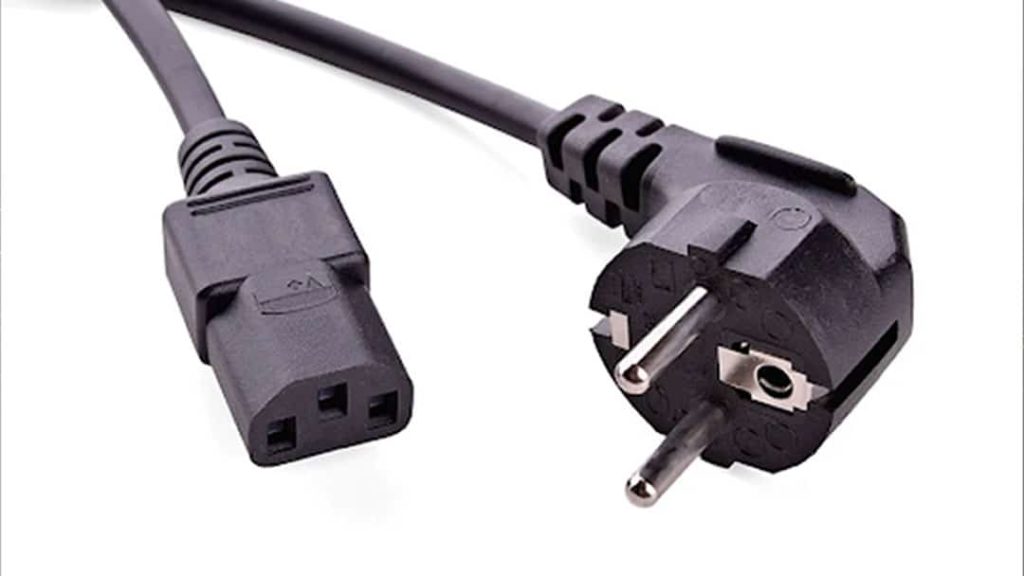In the intricate world of data management and IT infrastructure, the quest for efficiency and optimization is relentless. Data center virtualization emerges as a powerful solution, fundamentally altering how businesses approach their hardware needs. By decoupling software from the underlying hardware, virtualization introduces a paradigm where multiple workloads can run on a single physical machine, thereby reducing the tangible hardware footprint and streamlining operations.
The benefits of data center virtualization stretch beyond just space conservation. From enhanced scalability that adjusts to dynamic workloads to the intuitive management of resources, virtualization is reshaping the contours of modern data centers. Join us as we dive deeper into the transformative potential of virtualized environments and uncover the myriad ways in which they are steering businesses towards a future marked by agility and cost-efficiency. Continue reading to discover how virtualization is setting the gold standard for modern data infrastructures.
Related Link: Data Center Cooling 101: From Start to Finish
Introduction to Data Center Virtualization
Data center virtualization refers to the process of designing, developing, and deploying a virtual version of the physical infrastructure to reduce complexity and improve efficiency. In an older office setting, you might have found multiple physical servers, each running different network applications. Virtualization, with its ability to abstract the Operating System from the hardware, opens up opportunities to condense these physical systems into fewer, more powerful units.
This technology not only optimizes the utilization of hardware resources but also significantly reduces power consumption, cooling requirements, and physical space, thereby resulting in substantial cost savings for organizations.
Optimal Hardware Utilization
In traditional setups with multiple physical servers, many might barely be utilizing their CPU or RAM capacity, causing valuable resources to go to waste. On the flip side, some servers might be operating near their limits, affecting their performance negatively.
Data center virtualization enables you to take the hardware from multiple servers and condense it down to one or very few physical units. This singular unit possesses the cumulative processing power of all the separate servers it replaced. This consolidation results in higher overall hardware utilization rates, and a significant decrease in power consumption.
Redundancy and Downtime Minimization

Having a single powerful unit doesn’t mean putting all your eggs in one basket. Integrating additional physical servers into your virtualization design is a strategic move that can significantly increase redundancy and reduce downtime.
Virtualization allows for ‘live migration’ of virtual servers from one physical host to another seamlessly, without the end-users even realizing that the underlying hardware has changed. This means you can perform maintenance on a physical server without disrupting the work of your employees. If one physical server loses power or crashes, the hypervisor— the layer that allows multiple operating systems to share a single hardware host— can automatically switch to another physical server, reducing potential downtime dramatically.
Simplified Resource Management
Data center virtualization makes managing your IT resources significantly simpler and more effective. With the traditional, physical infrastructure model, scaling up as your business grows involves a complex, time-consuming process that usually entails substantial downtime.
With virtualization, you can easily allocate additional resources—such as CPU, RAM, and storage—to a virtual server as needed, all without any significant downtime. Virtualization software also offers centralized management tools that provide a single-pane-of-glass view of all your virtual machines and their performance metrics, which simplifies troubleshooting, performance optimization, and resource allocation.
Energy Efficiency and Cost Reduction
The consolidation of servers through virtualization significantly reduces energy consumption. Fewer servers mean less electricity is used for operation and cooling, which translates into lower energy bills.
Additionally, reduced hardware means lower upfront capital costs and reduced ongoing maintenance costs. Virtualization not only helps in maximizing the use of existing investments but also enables companies to avoid the costs associated with purchasing, maintaining, and eventually replacing additional hardware.
Disaster Recovery and Business Continuity
Virtualization simplifies disaster recovery in a big way. Traditional disaster recovery strategies are often complicated and costly. Virtualization, on the other hand, allows entire servers, along with their operating systems, applications, and data, to be encapsulated into a single software bundle or virtual machine (VM).
These VMs can be backed up more easily and restored much faster than physical servers, thus enabling businesses to minimize data loss and downtime in case of a failure. This simplifies the disaster recovery process and helps ensure business continuity, which is crucial for maintaining customer trust and compliance with various industry regulations.
Embracing the Future with Virtualized Data Centers

In today’s ever-evolving technological landscape, data center virtualization is not merely an option—it’s a strategic imperative. Virtualizing your data center is a transformative approach that goes beyond cost savings by laying the foundation for an agile, scalable, and robust IT environment. It enables businesses to optimize their hardware usage, significantly reducing their footprint, resulting in lower costs and enhanced operational efficiencies. This strategy is ideal for companies striving for high performance without the burden of maintaining extensive physical hardware and infrastructure.
Moreover, as the demand for seamless, always-on services continues to rise, data center virtualization stands as a crucial enabler of business continuity and disaster recovery. Transitioning to a virtualized data center model is a significant step toward future-proofing your organization in an increasingly digital world. For comprehensive solutions that align with your virtualization goals, C&C Technology offers exceptional workplace technology solutions, encompassing Audiovisual, Network Cabling, and Security in Smart Buildings and Data Centers. Explore how partnering with C&C Technology can propel your organization into a new era of efficiency, security, and sustainability.
Related Link: Data Center Air Containment Proper Procedures
Related Link: White IT Server Racks & Cabinets are Trending
Want to streamline your processes and boost productivity? Explore our solutions today.
Looking to upgrade your IT infrastructure? Get in touch today.
Last Updated on February 13, 2024 by Josh Mahan




